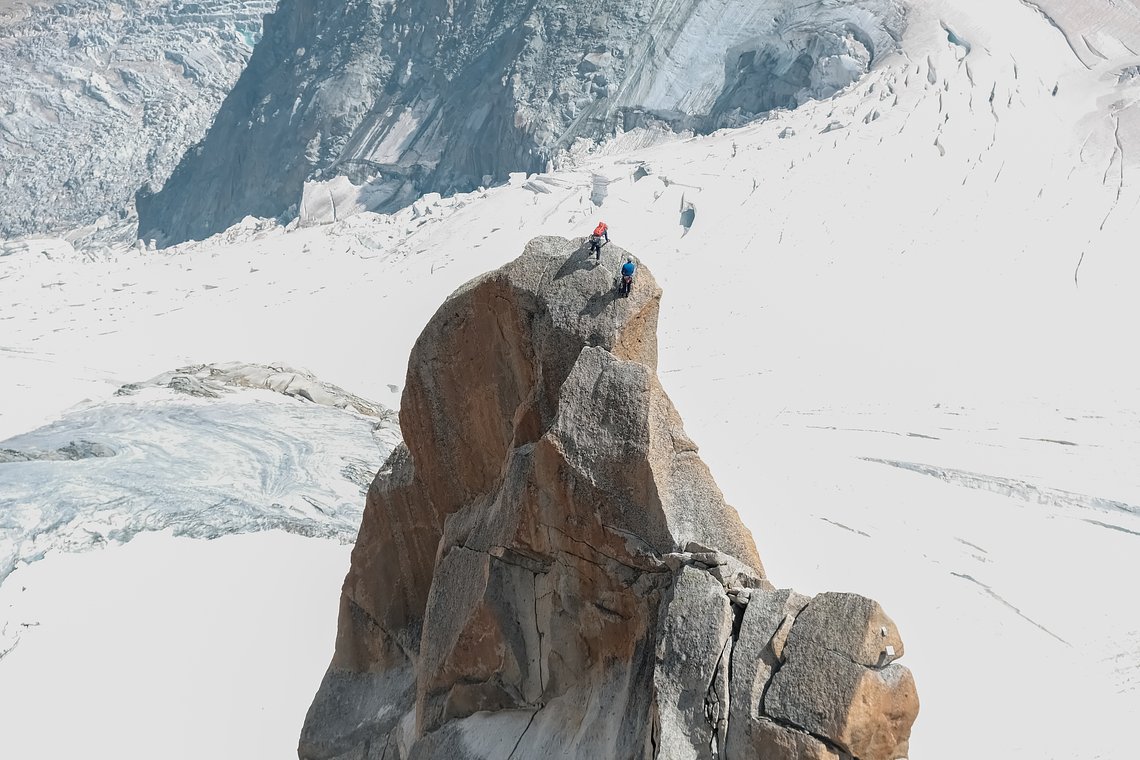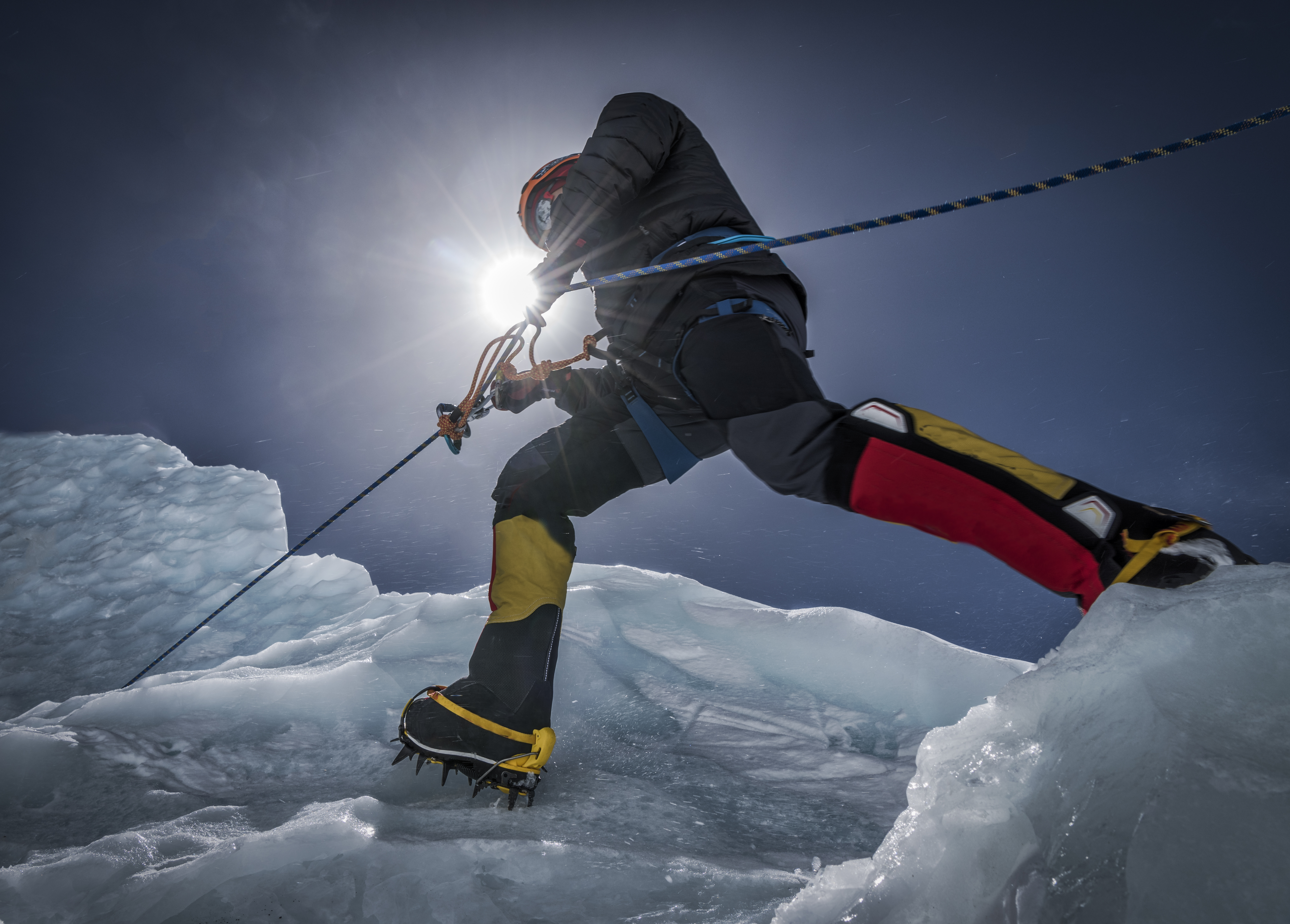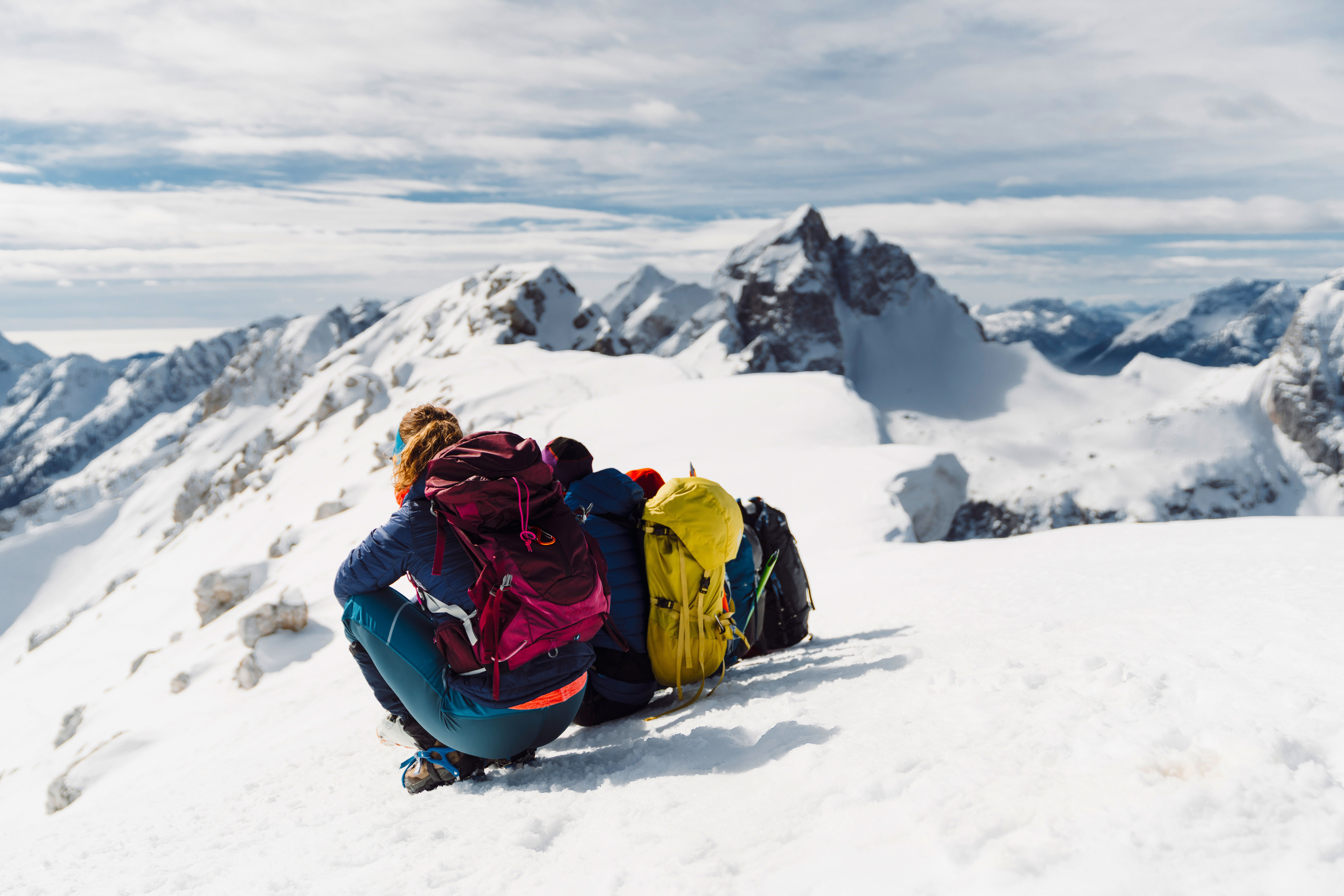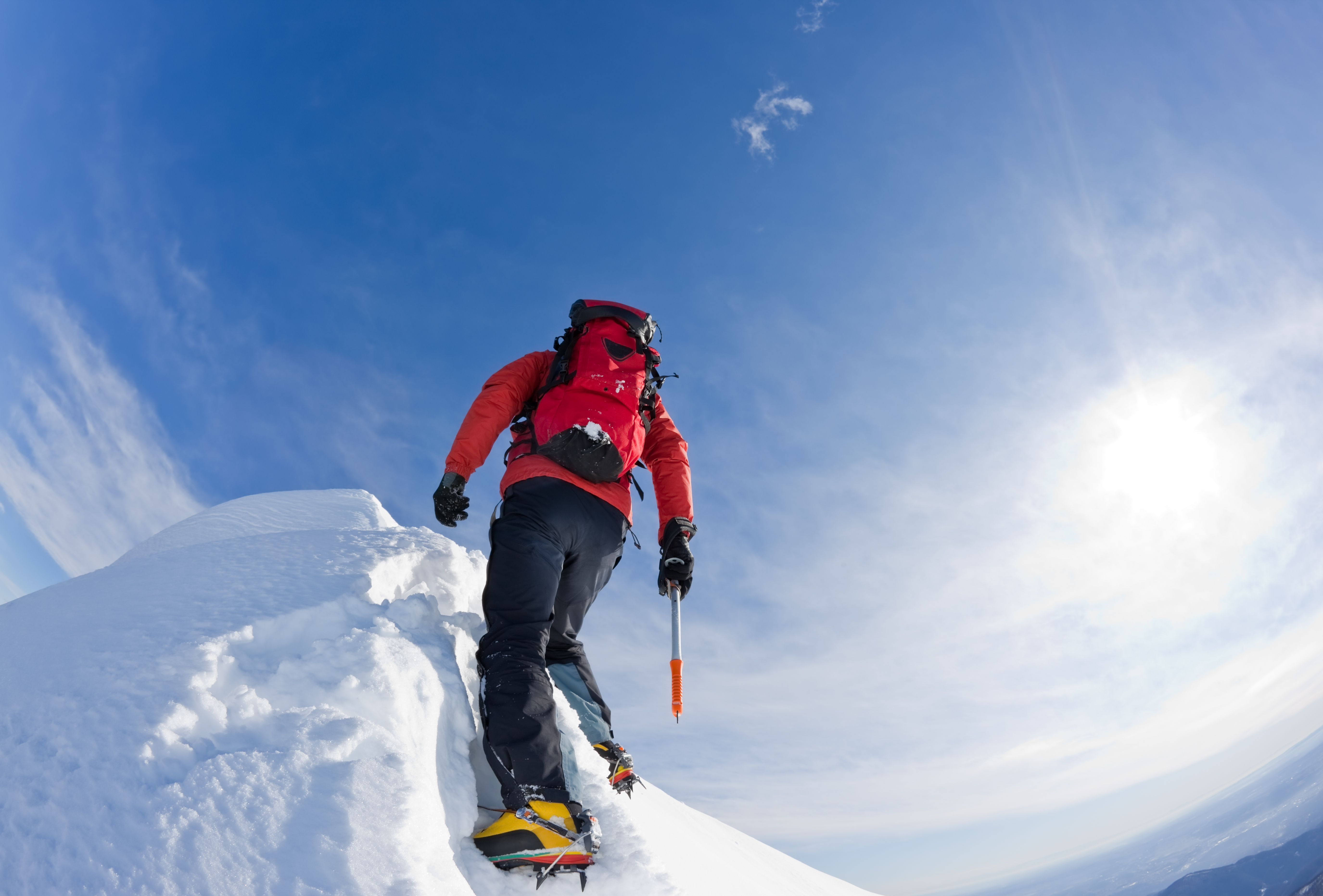Awareness is Safey - key information about high altitude mountaineering
Frequenting the High Mountains is a challenging activity that cannot be undertaken lightly , and requires a whole series of careful assessments of both one's physical condition and the conditions one will face, and thus also of one's skills and abilities.

 by Mavi
·
Mon 29 Jan 2024
by Mavi
·
Mon 29 Jan 2024
The High Mountain is a magnificent, majestic, sublime environment, but one that hides pitfalls and involves caution, attention and expertise.
For this reason, we consider it appropriate to inform, through this small vademecum, about all those situations that can occur while carrying out activities in the High Mountains.
Let's take a look at some of the aspects that can affect our high altitude trips.

Pressure and High Altitude
Atmospheric pressure decreases as we climb in altitude. At 5,000 meters it is half the pressure measured at sea level. This has direct consequences on our body, which in many of its parts is affected by this depression.
Altitude (mt) |
Available oxygen (%) |
|
0 mt |
100% |
|
2000 mt |
80% |
|
4000 mt |
60% |
Mt. Matterhorn |
5000 mt. |
50% |
Mont Blanc |
Lowering pressure results in a decrease in the concentration of oxygen in the air. The more the pressure of oxygen in the atmosphere decreases, the less our lungs are able to pick it up, thus decreasing its concentration in the blood and, consequently, physical performance.
However, the human organism, with sufficient training, is able to adapt and improve its abilities in an environment with rarefied oxygen, thanks to acclimatization, which must be longer or shorter depending on the altitude we will face.

Cold and Wind
At altitude, T decreases by an average of 1 °C every 150 mt. This results in an increased risk of hypothermia and frostbite.
Altitude (mt) |
0 |
1000 |
2000 |
3000 |
4000 |
5000 |
Temperature (°C) |
15 °C |
9 °C |
2 °C |
-5 °C |
-8 °C |
-18 °C |
Wind also accentuates the effects of temperature on the body. It, in order to live, needs to maintain its temperature around 37°C.
To maintain it in the hostile environment of the high mountains, under conditions of exposure to cold temperatures, the organism uses up its energy reserves. It is therefore important to follow a few principles :
- drink and feed yourself (thus provide adequate supplies)
- stay dry (therefore use appropriate clothing and provide a change of clothes)
- protect yourself from the wind with specific clothing
- stay active
In the mountains, wind amplifies its effects. It has a cooling power on the body of 0.5 °C per km/h and also helps to dehydrate the body.
Humidity
This is the concentration of vapor in the air. It decreases with increasing altitude; this leads to an increased danger of dehydration, both through the skin and through breathing.
Sun and Irradiance
Irradiance is produced by ultraviolet (UVA/B/C) and infrared (IR) rays.
UVA and UVB are the most aggressive to the skin and eyes. The intensity of the radiation increases by about 1 percent for every 100 m of altitude. Snow and ice increase and accentuate the effects. Appropriate skin and eye protection must therefore be provided.
For all these reasons, it is important to be aware of the risks we face by frequenting the high mountains, and of our physical condition.
It is necessary, before embarking on an activity, to be sufficiently prepared physically, on efforts of long duration, and possibly at altitude.
It is also necessary and extremely important to make as honest and objective an examination as possible of one's technical capabilities, and to be aware that one is going into a hostile environment that also involves unforeseen events to which one must react.
A good assessment of our technical capabilities and our physical state will enable us to face the high mountain environment and its inherent pitfalls more calmly.

